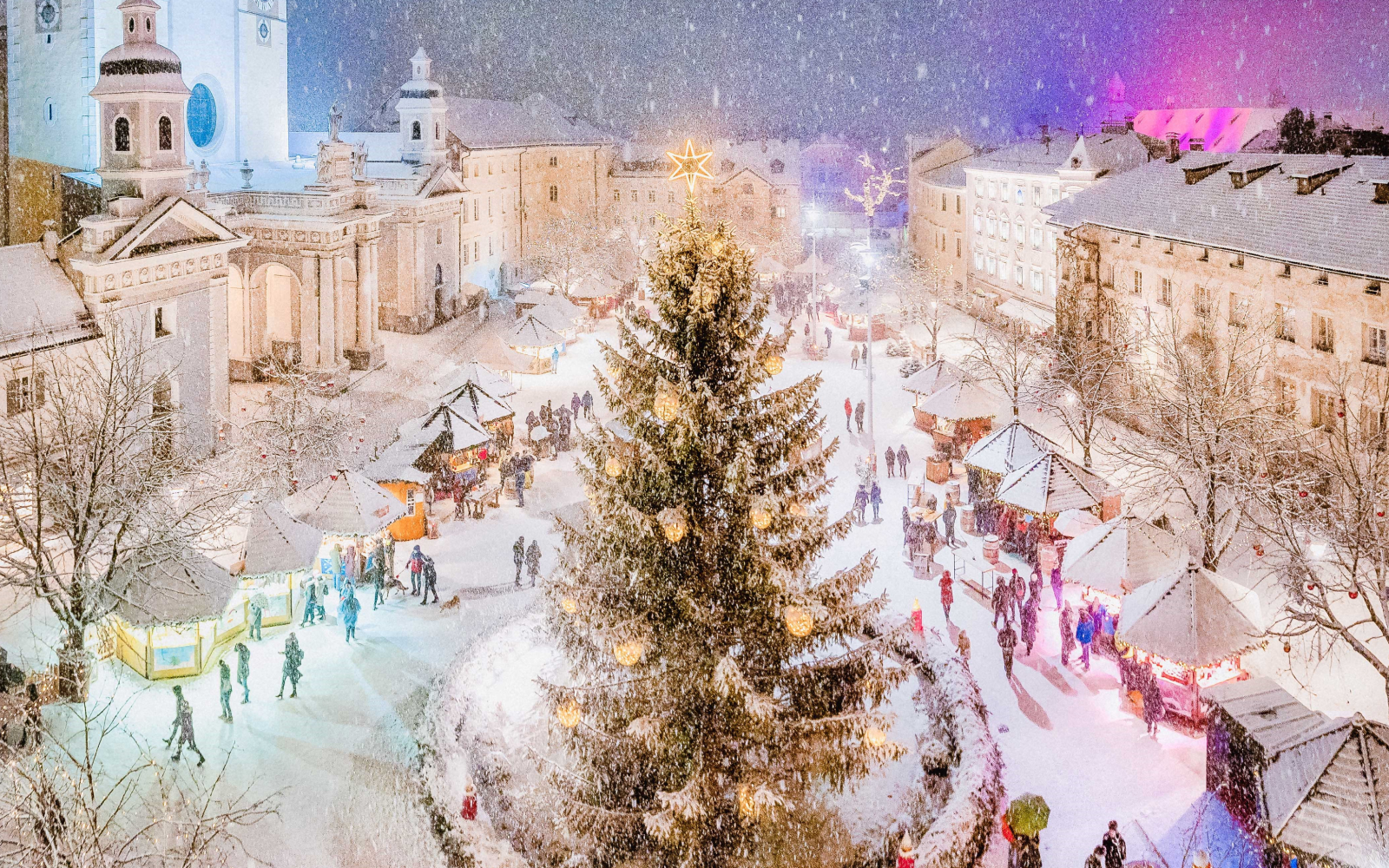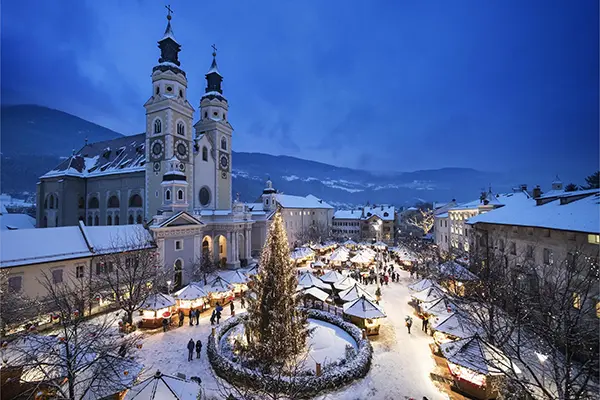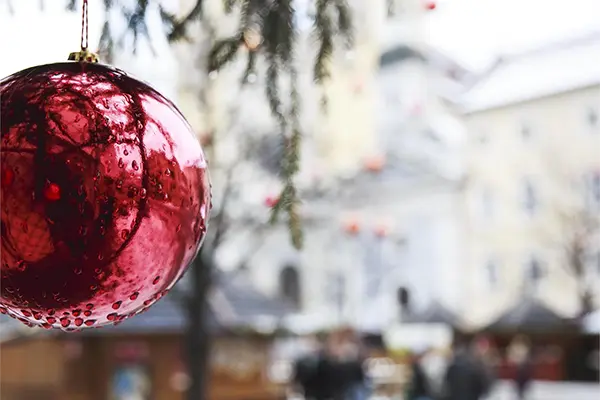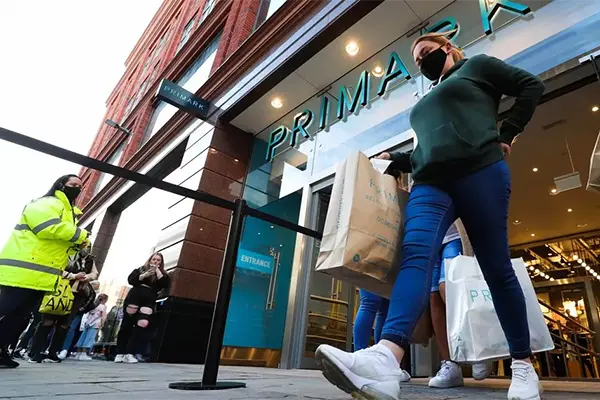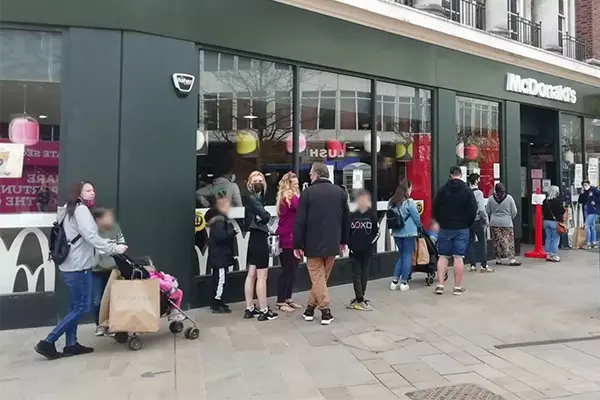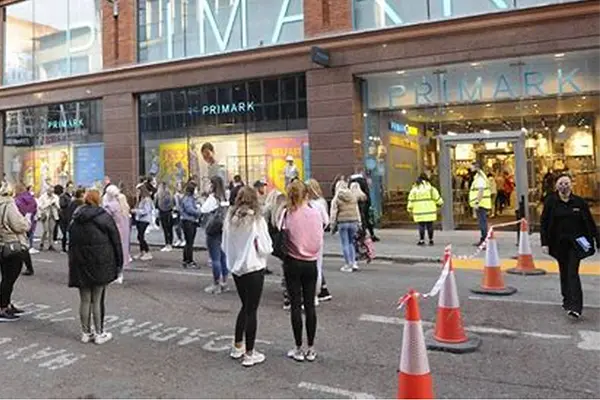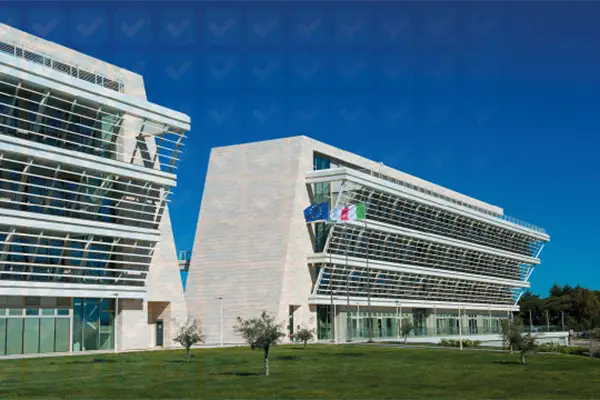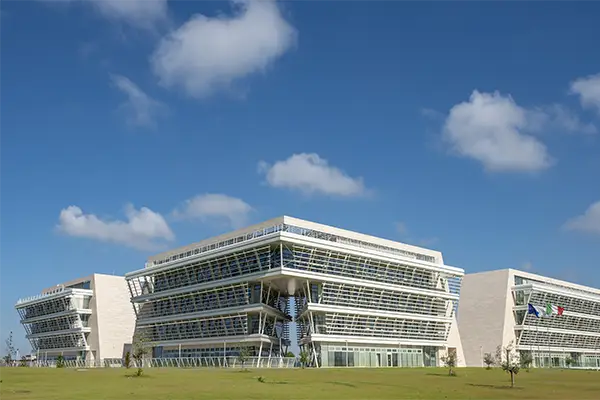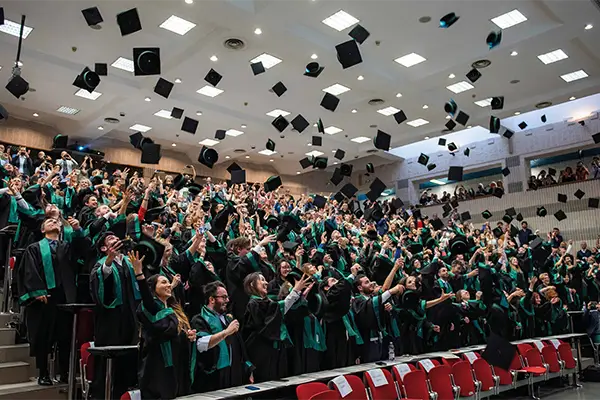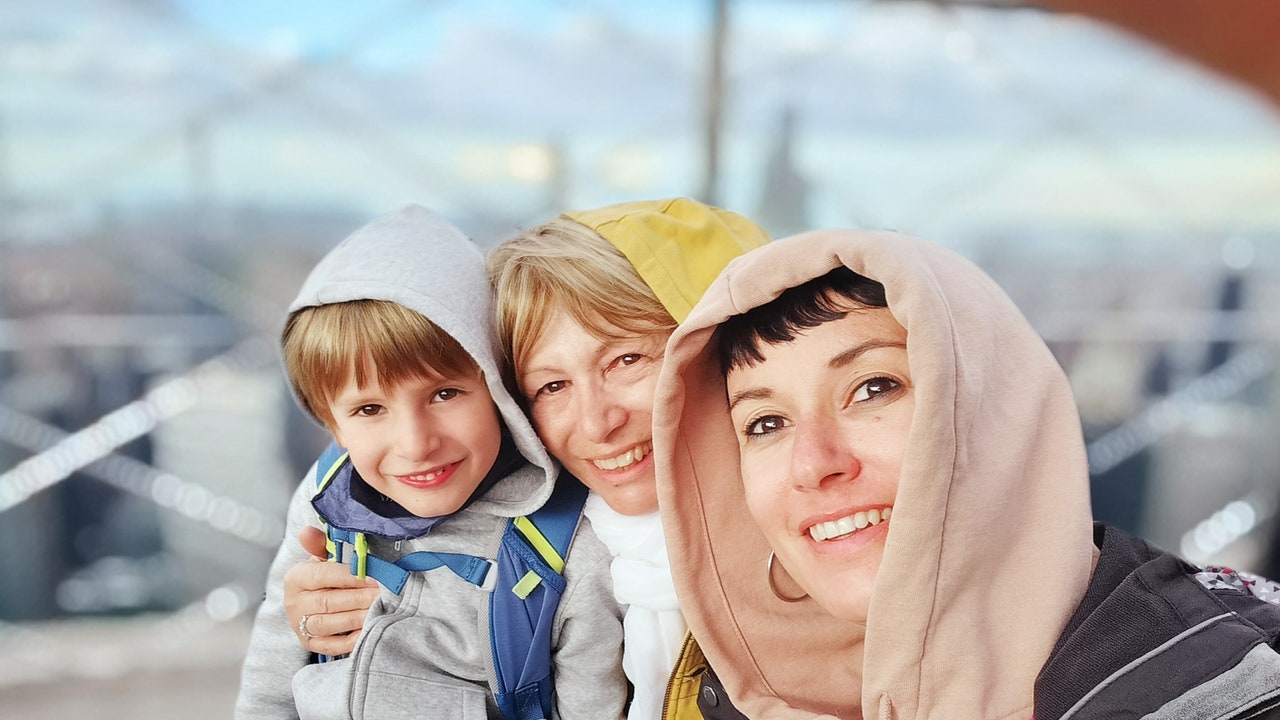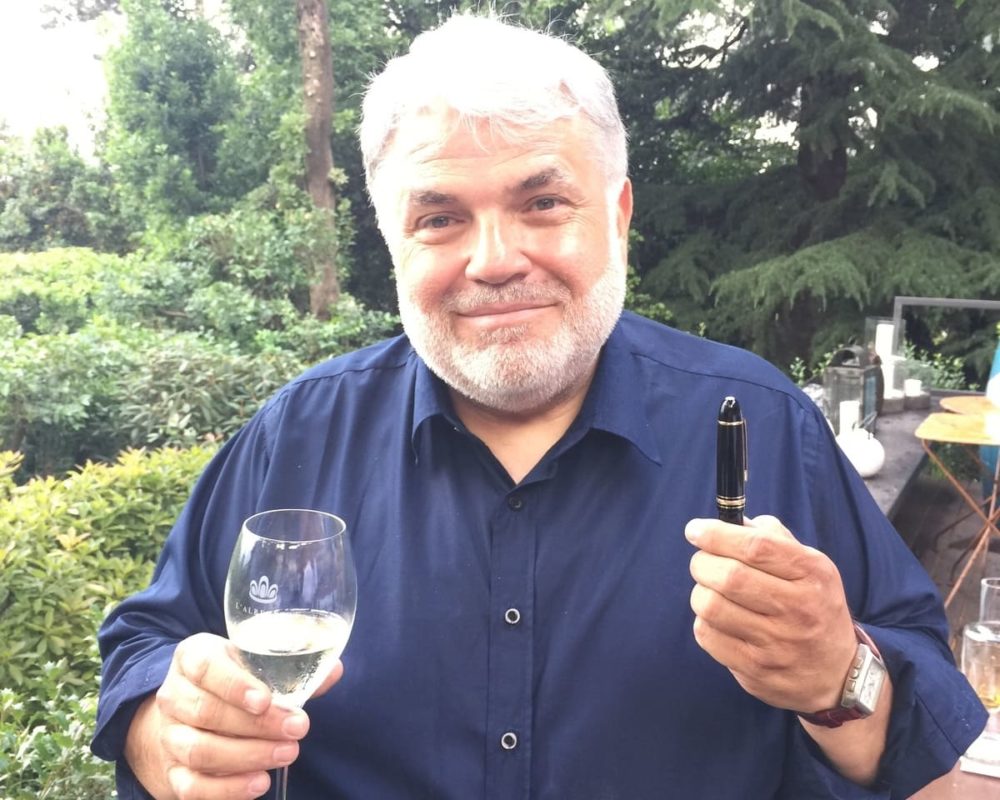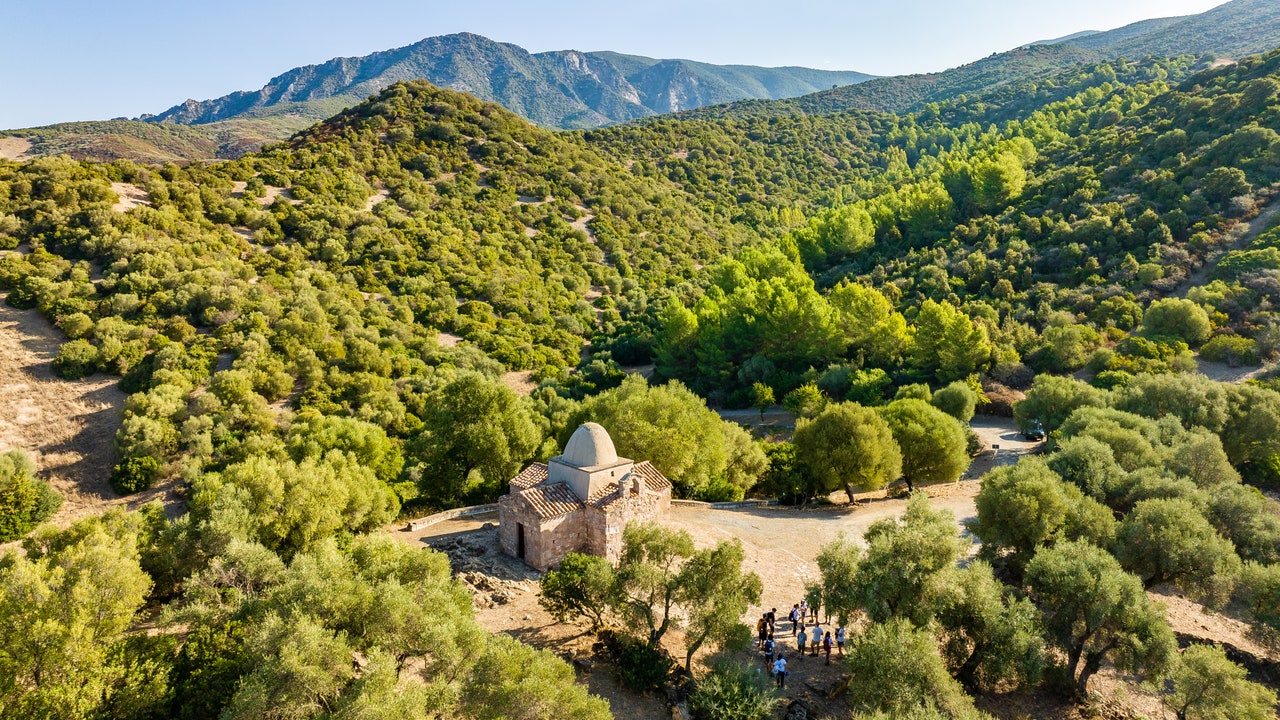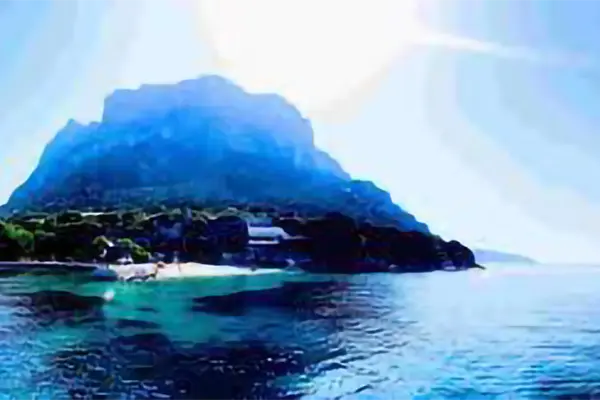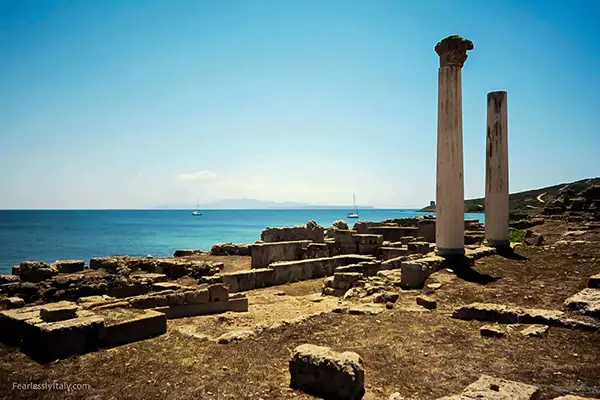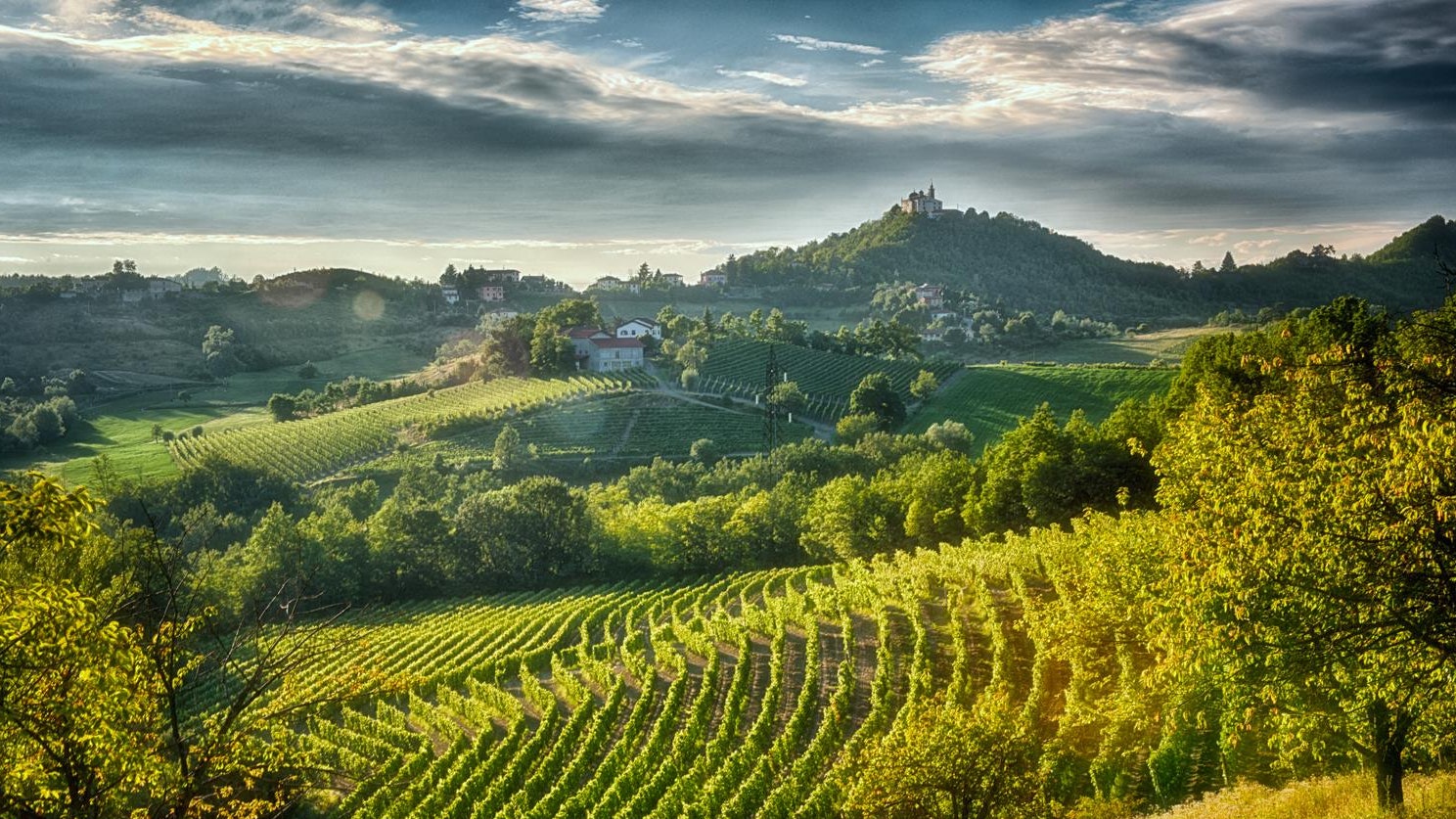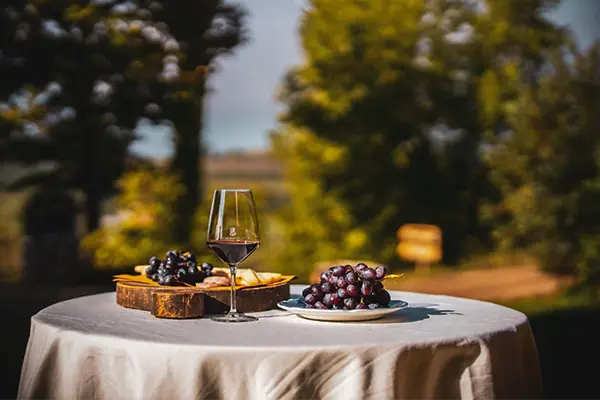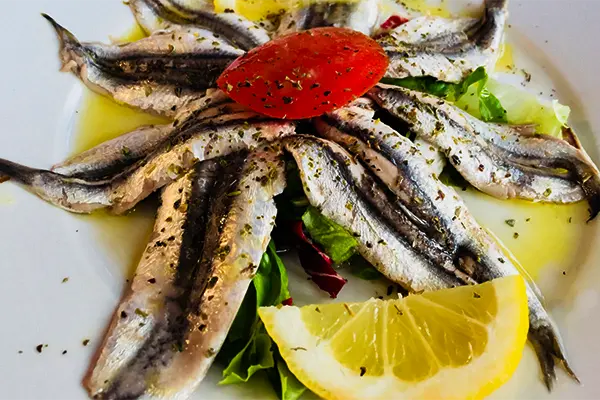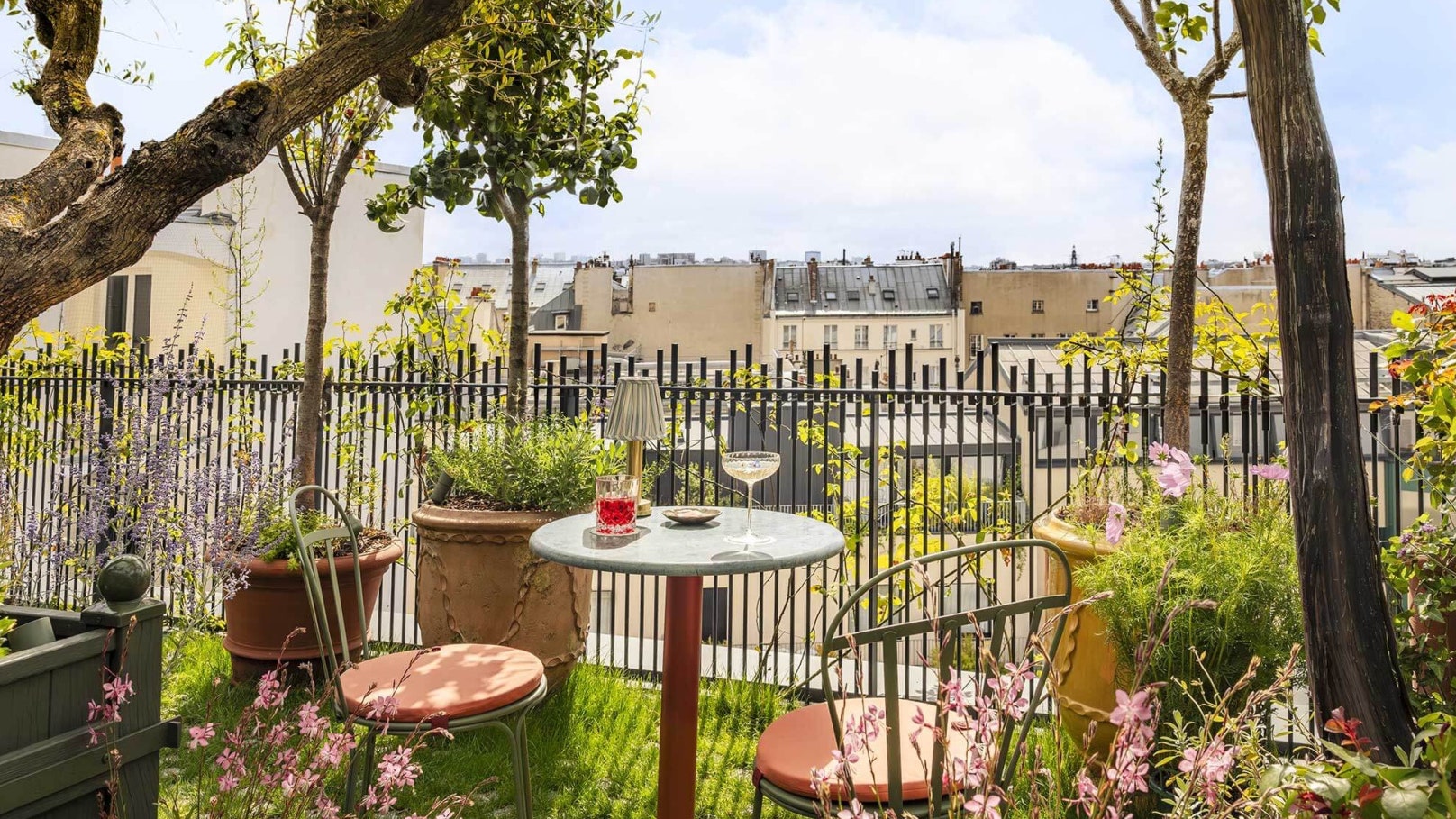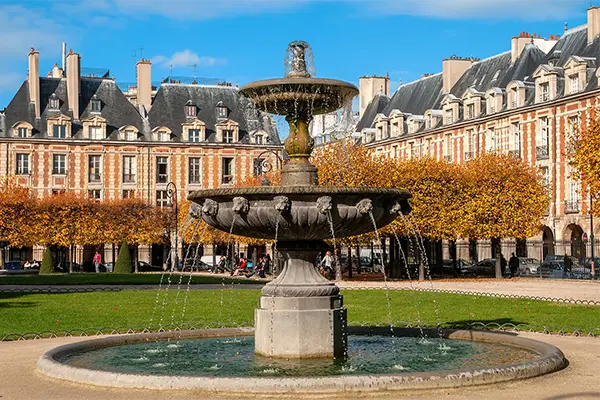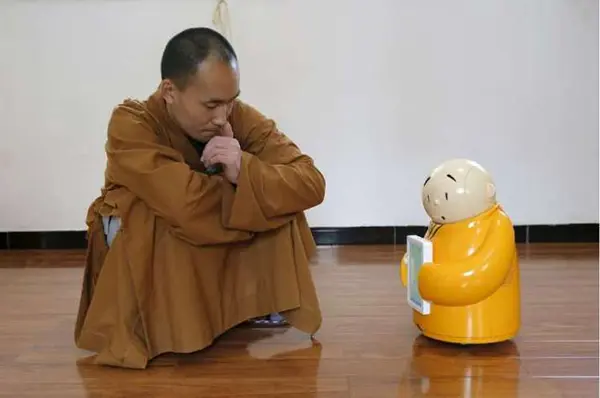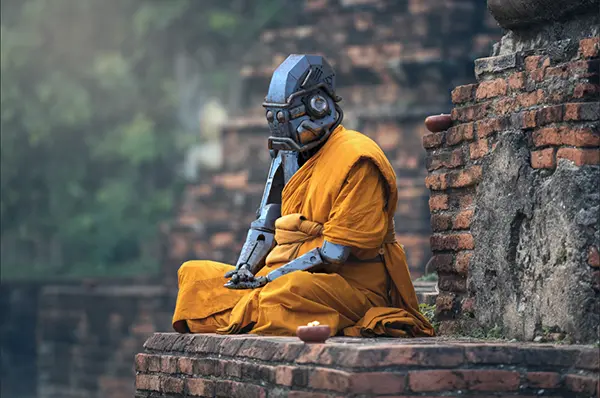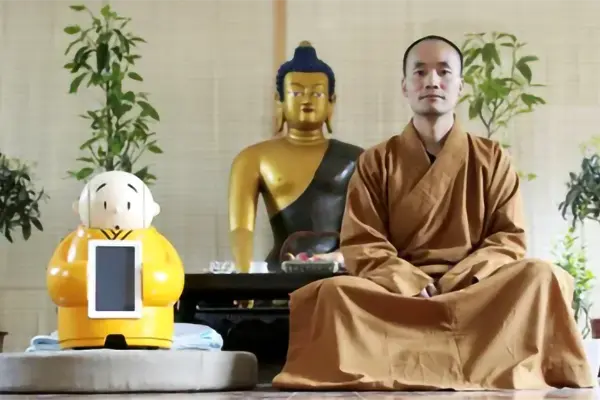Nestled in the picturesque landscape of the Dolomites, Bressanone (Brixen in German) emerges as a winter wonderland during the Christmas season. This article embarks on a journey through the cobbled streets and historic squares of Bressanone, unveiling the enchanting traditions, festive spirit, and culinary delights that define its Christmas markets.
1. The Charm of Bressanone: A Prelude to Christmas Magic
Before we delve into the heart of Bressanone’s Christmas markets, it’s essential to understand the charm that sets the stage for this festive extravaganza. Bressanone, with its medieval architecture and snow-capped peaks as a backdrop, exudes a timeless elegance that becomes even more magical as winter descends upon the town.
The air is crisp, and the aroma of freshly baked pastries mingles with the scent of pine, creating an atmosphere that beckons locals and visitors alike to embrace the holiday spirit. Bressanone’s historic center becomes a canvas for twinkling lights and festive decorations, setting the scene for the Christmas markets that transform the town into a festive haven.
2. Piazza Duomo: The Heartbeat of Bressanone’s Christmas Extravaganza
The pulsating heart of Bressanone’s Christmas celebrations resides in Piazza Duomo, the central square surrounded by architectural gems. As December unfolds, Piazza Duomo undergoes a breathtaking transformation, turning into a hub of festive activity.
The towering Christmas tree, adorned with glistening lights and traditional ornaments, becomes a focal point for locals and visitors alike. The square is lined with stalls, each offering a curated selection of handcrafted goods, local delicacies, and artisanal treasures. The festive market spills into the adjacent streets, creating a seamless tapestry of holiday enchantment.
3. A Culinary Odyssey: Tasting the Flavors of Bressanone’s Christmas
Bressanone’s Christmas markets are not just a feast for the eyes; they are a culinary odyssey that indulges the taste buds in festive delights. Local vendors showcase an array of gastronomic treasures, from traditional South Tyrolean dishes to international treats with a festive twist.
Stroll through the markets and savor the aroma of freshly baked strudel, a regional specialty that fills the air with the irresistible scent of apples, cinnamon, and flaky pastry. Indulge in a cup of vin brulé, a warm mulled wine infused with spices that provide a comforting respite from the winter chill. The markets also feature stalls offering regional cheeses, cured meats, and artisan chocolates, creating a gastronomic symphony that celebrates the rich culinary heritage of Bressanone.
4. Handcrafted Treasures: Artisanal Wonders of Bressanone
The Christmas markets in Bressanone are a treasure trove of handcrafted wonders, showcasing the skill and creativity of local artisans. From intricately carved wooden ornaments to hand-knit woolens, each stall tells a story of craftsmanship passed down through generations.
Artists and craftsmen from the region gather in Piazza Duomo, offering visitors a chance to explore unique and bespoke gifts. The markets feature handmade ceramics, leather goods, and intricate glassware that reflect the cultural tapestry of Bressanone. Purchasing these artisanal treasures not only supports local businesses but also allows visitors to take home a piece of the town’s artistic heritage.
5. Musical Reverie: The Soundtrack of Bressanone’s Christmas
As daylight fades and the stars twinkle overhead, Bressanone’s Christmas markets come alive with musical reverie. Choirs and musical ensembles grace the square with melodies that echo through the medieval streets, creating a harmonious backdrop to the festive atmosphere.
Live performances range from traditional South Tyrolean tunes to international Christmas carols, infusing the air with a sense of joy and unity. Visitors find themselves enchanted by the sounds of the season, adding an extra layer of magic to the overall experience.
6. Piazza del Teatro: The Theatrical Delights of Bressanone
Beyond Piazza Duomo, the Christmas magic of Bressanone extends to Piazza del Teatro, where theatrical performances and interactive experiences captivate audiences of all ages. Street performers don festive costumes, engaging with the crowd in a lively dance of entertainment and laughter.
Children are especially enthralled by the whimsical characters that roam the square, adding an element of fantasy to the festivities. Theatrical presentations, from live nativity scenes to interactive storytelling, create a dynamic and immersive experience that transforms Piazza del Teatro into a stage for Christmas enchantment.
7. Santa’s Corner: A Haven for Little Revelers
Christmas in Bressanone is a family affair, and Santa’s Corner in the Christmas markets is a haven for little revelers. Located in a charming corner of Piazza Duomo, Santa’s Corner invites children to embark on a magical journey of wonder and joy.
Here, Santa Claus himself welcomes eager youngsters, listening to their Christmas wishes and posing for photographs. The corner is adorned with festive decorations, creating a cozy and enchanting atmosphere for families to create cherished holiday memories.
8. Beyond the Markets: Exploring Bressanone’s Winter Wonders
While the Christmas markets are the crown jewel of Bressanone’s winter festivities, the town offers a plethora of additional experiences that beckon exploration. The surrounding Dolomites provide a snowy playground for winter sports enthusiasts, with ski resorts and scenic trails inviting visitors to embrace the natural beauty of the region.
Historic landmarks, such as the Bressanone Cathedral and the Bishop’s Palace, are adorned with seasonal decorations, offering a glimpse into the town’s rich history against the backdrop of a winter wonderland. Guided tours and cultural events add depth to the overall experience, providing a holistic immersion into the magic of Bressanone.
Conclusion: Embracing the Spirit of Bressanone’s Christmas Markets
In conclusion, the Christmas markets in Bressanone embody the spirit of the season in a way that is both timeless and enchanting. From the festive ambiance of Piazza Duomo to the culinary delights, artisanal wonders, and musical festivities, Bressanone’s winter wonderland captivates the hearts of all who visit.
The magic of Christmas in Bressanone extends beyond the markets, inviting visitors to explore the town’s cultural heritage, indulge in winter sports, and create lasting memories with loved ones. As the snow blankets the medieval streets and the aroma of mulled wine fills the air, Bressanone becomes a destination where the spirit of Christmas comes alive, inviting all to partake in the joyous celebration.

